Beta vulgaris
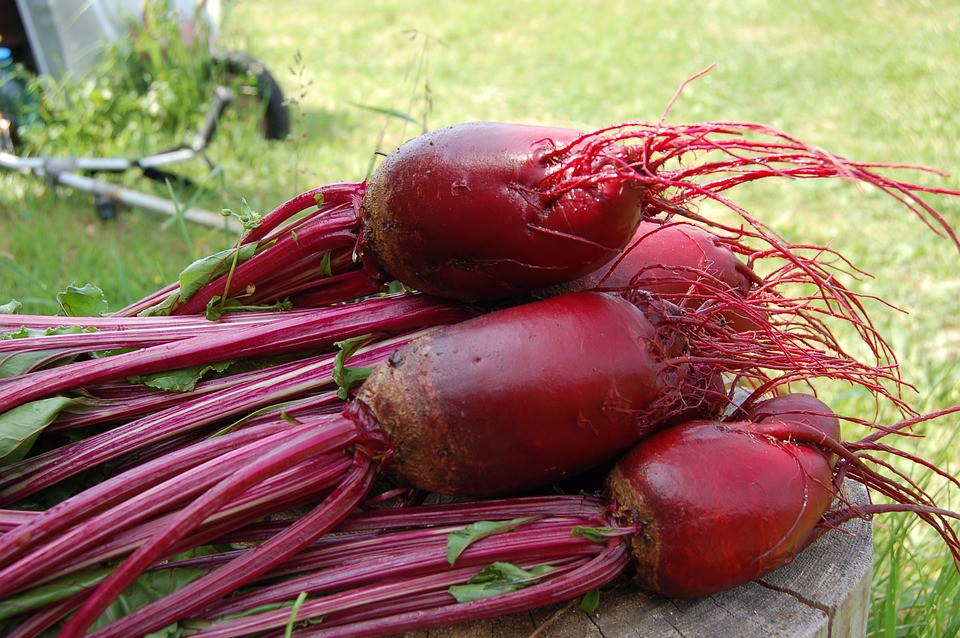
For a vegetable that is versatile and easy to look after, give beetroot a whirl. It’s delicious any way you choose to cook it and there are lots of different varieties to tests out so get some seeds and start planting today!
Description
Beetroot is in the same family as silver beet and their leaves can be harvested in a similar way. Their large root tubers are usually red but if you would rather not get red juice everywhere, yellow and white beetroot are a less messy option. Shapes vary from globes to flat spheres, and elongated egg-shapes.
When can I plant beetroot?
Beetroot can be grown in a range of climates and they have a moderate tolerance to frosts.
- Dry temperate: September to February
- Temperate & cool climates: September to February
- Warm temperate and sub-tropical: March to September
- Semi-arid and arid: February to April & August to October
- Tropical: April to September
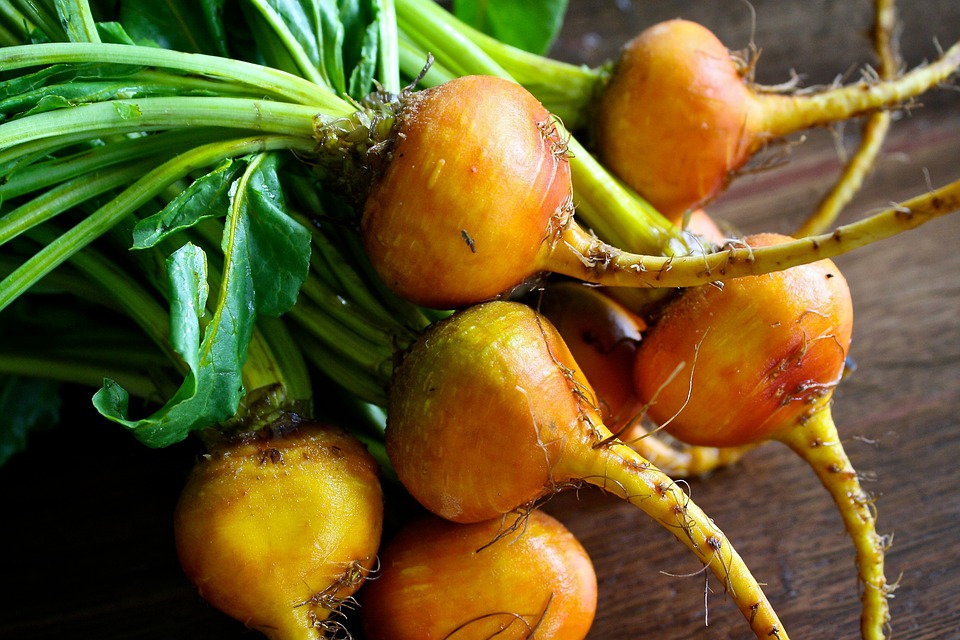
image: golden detroit beetroot
image: chioggia beetroot
Varieties of beetroot
- Bulls Blood: Great flavour and attractive deep red foliage that is great for salads.
- Burpee Golden Globe: A yellow heirloom with yellow stems and green leaves. It is a non-bleeding and best harvested when young.
- Chioggia: An Italian heirloom variety with decorative pink and white ringed flesh that is non-bleeding.
- Crosby’s Egyptian: A red/purple heirloom with a flattened top and rich flavour.
- Detroit Dark: A globe shaped dark red heirloom beetroot with excellent flavour and some downy mildew resistance.
- Golden Detroit: Yellow flesh that turns golden orange when cooked and is non-bleeding.
- Early Wonder: A quick-growing heirloom variety with a flattened globe shape and bright green tops.
Seeds or seedlings
It’s generally best to grow root vegetables from seed although beetroot will transplant better than most other root crops. Growing from seed is the more economical than buying seedlings and planting them directly lessens root disturbance. Beetroot have cluster seeds, meaning that that 2 to 5 seeds are connected together and several are likely to shoot from each cluster that you plant. Once they sprout, select the strongest shoot and thin the others out.
For best results soak the seeds overnight, then plant around half a centimetres deep. Beetroot seeds will germinate at soil temperatures of between 4.5 to 30 degrees Celsius. For an ongoing supply succession plant every 4 to 6 weeks.
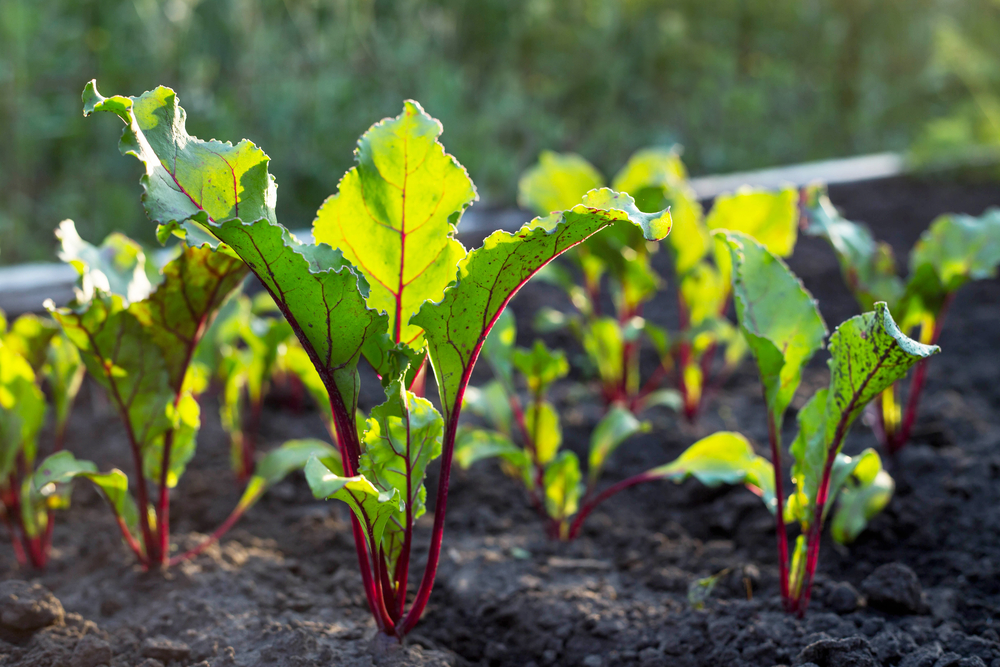
Plant in the sun
Beetroot require full sun to part-shade. Around 4 hours of direct sun is adequate.
Provide well-drained soil
Beetroot love a rich, well-drained soil, ideally with a pH between 5.8 and 7.0. If your soil is heavy consider adding compost, hilling beds or creating raised beds. If your soil pH is too acidic nutrients won’t be as available to your plants no matter how much fertiliser you add, so it’s important to add some lime or dolomite to correct this well before planting.
Water consistently
Regular watering ensures your beetroot tubers will be tender and juicy. Irregular watering can lead to woody tubers and cracking.
Avoid over-fertilising
Adding some well composed manure to your soil before planting is fine, but be cautious about adding fertilises high in nitrogen because this can cause lush foliage growth at the expense of root development. I’ve made this mistake myself but making mistakes is a great way of building your knowledge in gardening; it’s not about getting everything right the first time round.
Grow as a microgreen or baby green
You can also try growing beetroot as a microgreen by buying seeds in bulk and harvesting them when they are a couple of weeks old. Alternatively you could let them grow a bit bigger and harvest them as a baby green for salads.
Try growing in pots
If you have a small garden, try growing your beetroot in containers. I plant extra seeds and gradually thin them out to harvest as microgreens and baby greens.
Pests and diseases
Cercospora leaf spot is a common fungal disease affecting beets. Leaves develop light grey spots with brown rings and a hole often forms in the centre. The problem is worsened by high temperatures, humidity or long period of leaves being wet. Spores can be spread by water droplets, insects, plant material and through organic matter in the soil. To manage this problem practice crop rotation and remove any infected plant material promptly.
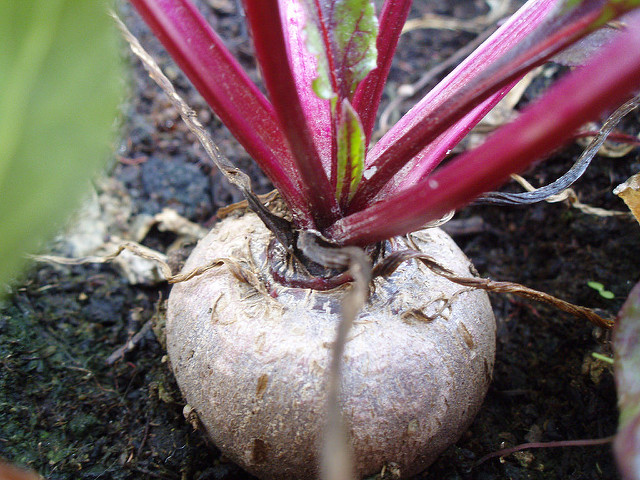
image: Leonie (Flickr)
Harvesting
It’s pretty straight forward to know when to harvest your beetroot because the top of the tuber will sit up out of the ground, showing you how big it is. If it’s hard to see, simply use your fingers to dig down a little to check. Harvest tubers when they are around 10 centimetres in diameter. In warmer months your beetroot will take about 8 to 12 weeks, and in cooler months 16 to 18 weeks. Use a garden fork to lift the crop from below then pull them out.
You can boil, steam, bake, or pickle your beetroot or even grate it and eat it raw. To prepare your leaves wash them and cook them as you would silverbeet.
Where can I buy seeds?
Go to your local nursery or search for seed stores online. Try to buy seeds that have been grown in Australia. You could also join a local savers group.
If you are not sure which variety to choose, why not try an heirloom mix to get you started!

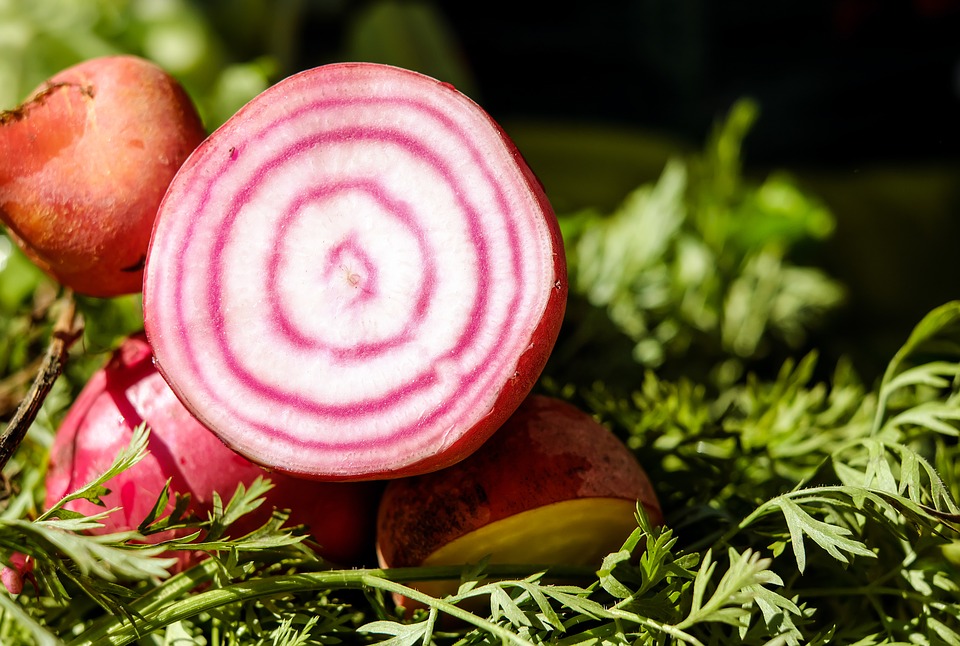
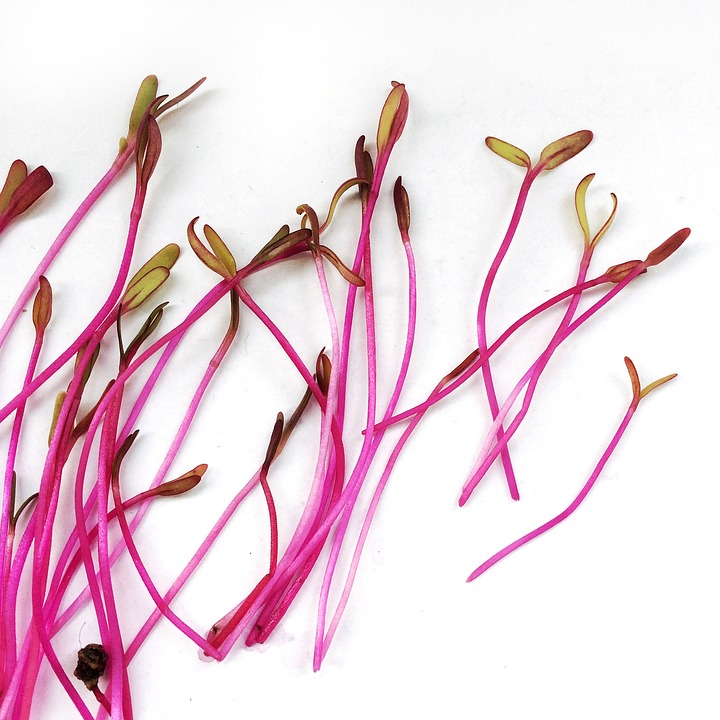
I just picked one of my beetroots, on the top there are more new shoots coming from the plant, if I cut them of will the grow another beetroot?
Hi Wendy,
Yes you can 🙂 This is on my list of articles to write. In the mean time, he’s a good one from the ABC site which should help you. Happy growing.
https://www.abc.net.au/life/growing-new-veggies-from-scraps/12128496